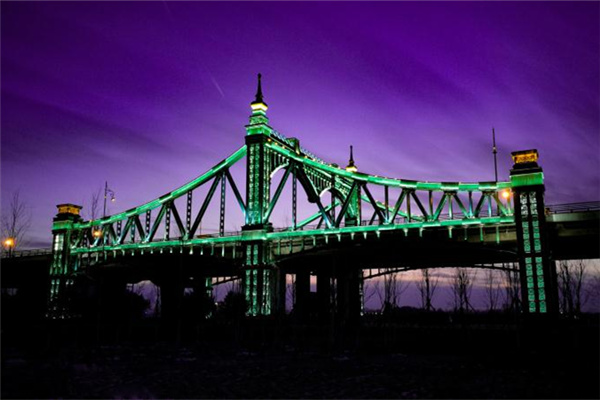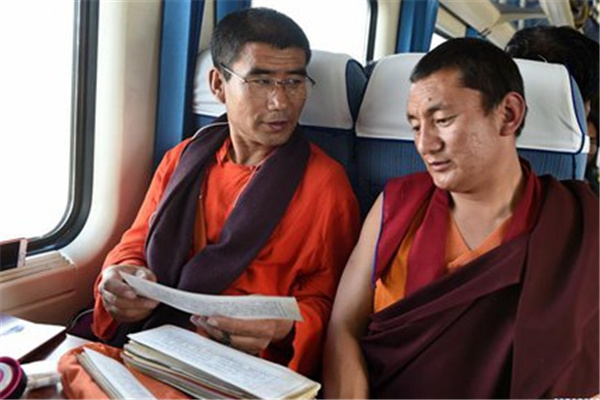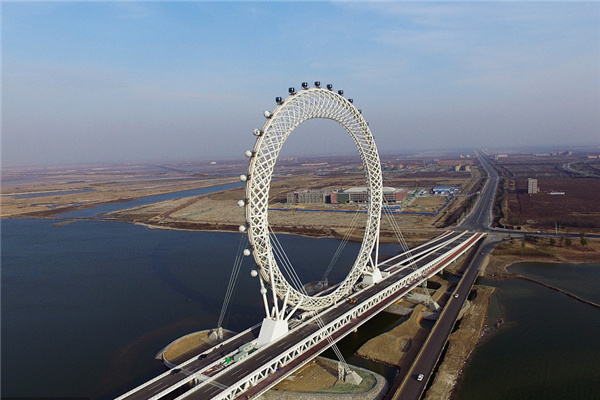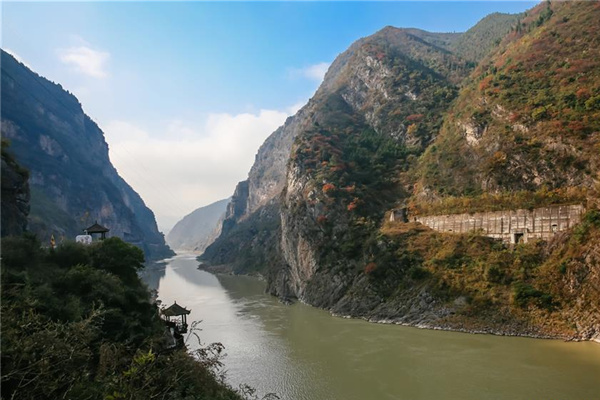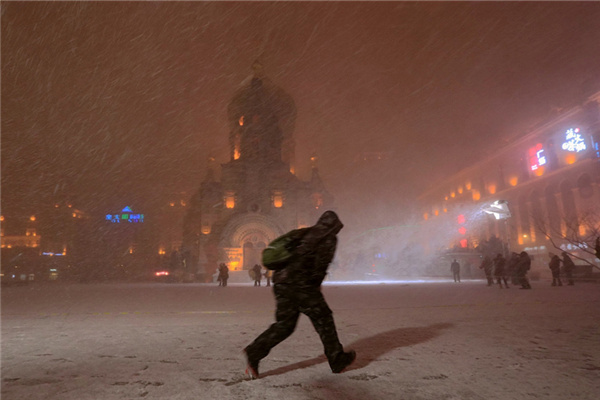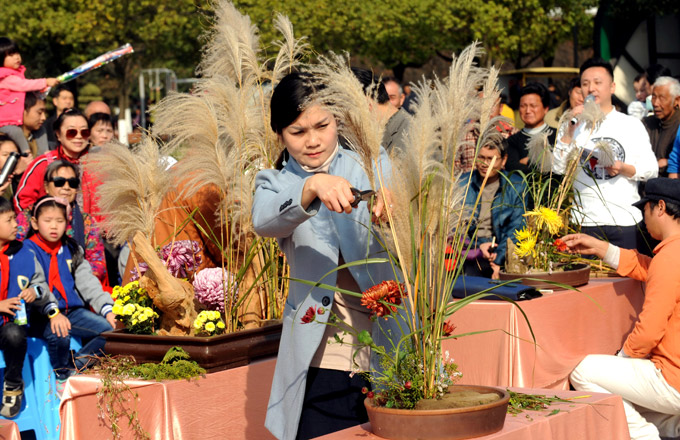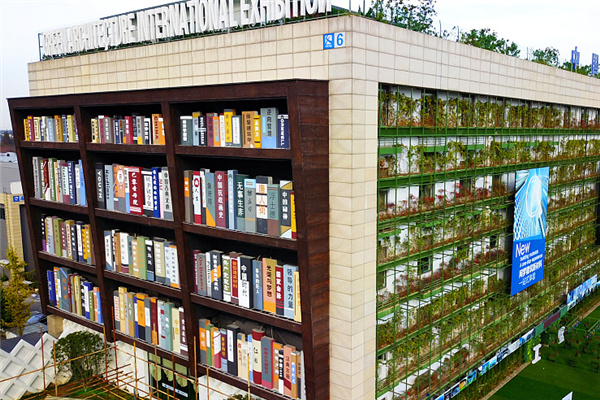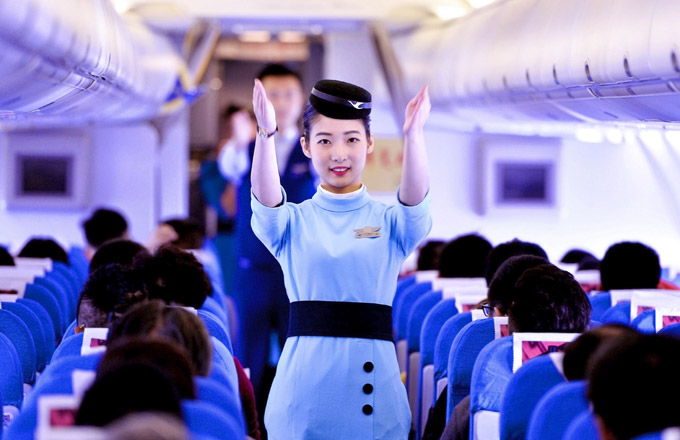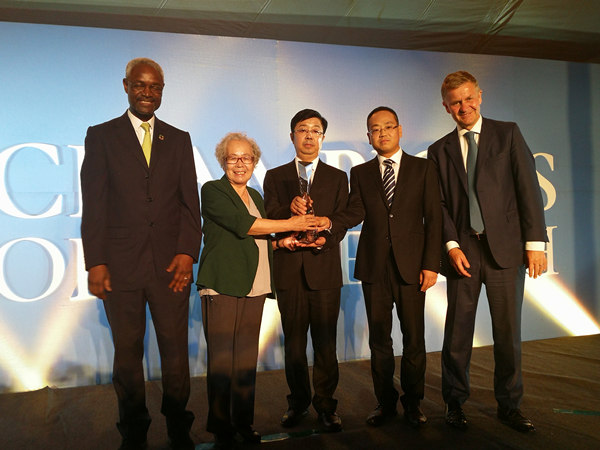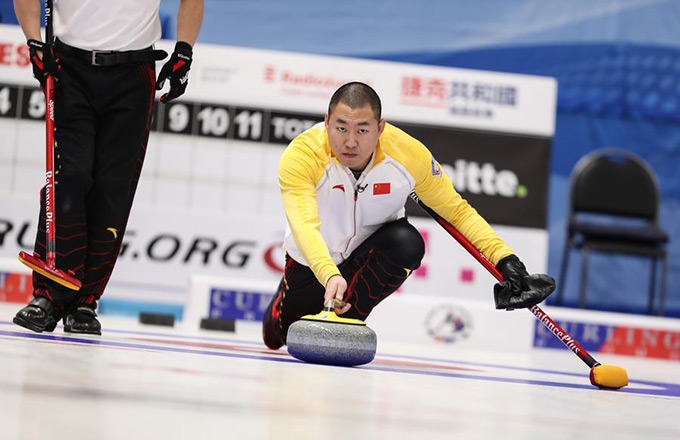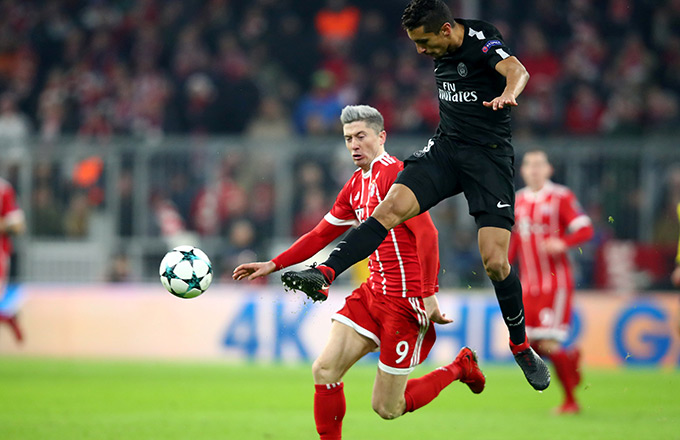

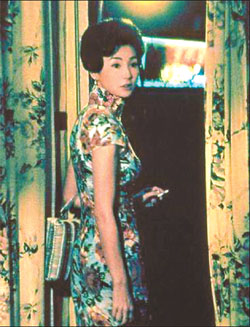 People who watched the film In the Mood for Love directed by Wong Kar-wai may still vividly remember the lithe and graceful figure of Hong Kong star Maggie Cheung dressed in elegant Chinese-style cheongsam, or qipao, which has a history of several centuries.
People who watched the film In the Mood for Love directed by Wong Kar-wai may still vividly remember the lithe and graceful figure of Hong Kong star Maggie Cheung dressed in elegant Chinese-style cheongsam, or qipao, which has a history of several centuries.
And people might also remember when national leaders wore colorful "Tangzhuang" a traditional Chinese jacket with a buttoned opening down the front at the 2001 APEC Summit.
Chinese-style clothing developed 2,000 years ago is making a comeback. Today, more and more people wear Chinese-style clothing at evening parties, at formal meetings, in the office or even on the streets.
However, the simple Chinese-style clothes of olden times have been updated and beautified. Today, fashion designers use traditional and modern ideas to create new Chinese-style clothing fashions.
Six categories
Industry insiders identify six categories of Chinese-style clothing sold today.
The first variety is the tip-notch full dress adorned with a plethora of age-old motifs.
Custom-made clothes with expensive price tags make up the lion's share of this category. Cheongsam guru Yang Chenggui from Taiwan represents top-of-the-line products. Famous designers from the younger generation include Gu Lin and Guo Pei, who have made dresses for a number of domestic and foreign who's who.
The second group is ready-to-wear wedding and prom dresses. These dresses are usually big sellers during festivals, especially in the Chinese Lunar New Year, since their traditional style and bright colors can best express people's jubilation during these cheerful days.
The third category is formal business dress suitable for the office or forums, while the fourth variety is business-causal, and the fifth is causal and sportswear.
These three groups of dresses look very different from the traditional attire of the past, because they incorporate many modern design elements. However, they inherit the spirit of traditional Chinese dresses and adopt some conventional design elements.
The last type of traditional Chinese-style clothing is a special variety sold at tourism hotspots.
These clothes display the rich flavor of the culture of China's minority ethnic groups, such as tie-dyed clothes from Dali, a popular tourism spot in Southwest China's Yunnan Province.
Maturing industry
The production of Chinese-style clothing became an industry in a modern sense in the mid-1990s. After a decade of development, Chinese designers have become more mature, and a number of brands have built up their market status, such as Mu Zhen Liao, Shanghai Xu, Ge Ge, Su Luo, Pu Yu and A-You.
However, the industry's growth depends heavily on designers who are usually unknowledgeable when it comes to business administration. Consequentially, most of the companies failed to get market share quickly, says Wei Yanxia, an official with the China National Textile and Apparel Council, who has closely observed the industry for a decade.
And dresses suitable for business and daily wear are still very rare.
It will take a long time to foster a stable clientele base, because people usually purchase Chinese-style clothes at random, Wei says.
(China Daily 03/05/2007 page12)
